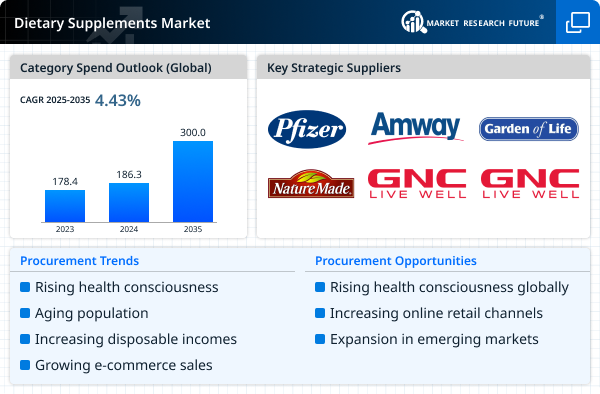Top Industry Leaders in the Self-Healing Grid Market

*Disclaimer: List of key companies in no particular order
Top listed global companies in the Self-Healing Grid industry are:
ABB Ltd. (Switzerland), Siemens AG (Germany), General Electric Company (U.S.), S & C Electric Company (U.S.), Sentient Energy, Inc. (U.S.), Eaton Corporation plc (Ireland), Schneider Electric SE (France), Landis+Gyr AG (Switzerland), Cisco Systems, Inc. (U.S.), Infosys Limited (India), Oracle Corporation (U.S.), and G&W Electric (U.S.).
Bridging the Gap by Exploring the Competitive Landscape of the Self-Healing Grid Top Players
The Self-Healing Grid market is attracting fierce competition as players scramble for a piece of this rapidly evolving pie. The race to develop and implement next-generation solutions promises increased grid resilience, optimized energy distribution, and reduced downtime – key challenges plaguing traditional grids.
Key Player Strategies:
- Technology Titans: Established players like Siemens, GE Grid Solutions, and ABB are leveraging their extensive experience and robust R&D capabilities to offer comprehensive self-healing grid solutions, encompassing automation, AI-powered analytics, and advanced sensors. Siemens', for instance, Grid Edge Intelligence portfolio integrates seamlessly with existing infrastructure, while GE Grid Solutions focuses on intelligent substation automation and distributed energy resource management.
- Software Savvy Start-ups: Agile start-ups like GridBeyond and AutoGrid are disrupting the market with innovative software solutions. GridBeyond's AI-driven platform optimizes energy trading and demand response, while AutoGrid's Flex platform uses machine learning to predict and manage microgrid operations. These newcomers are challenging established players by offering flexible, cloud-based solutions at competitive prices.
- Utility Partnerships: Collaboration between utilities and technology providers is a defining trend. For example, Enel partnered with GE Grid Solutions to launch a self-healing microgrid project in Italy, while Southern California Edison collaborated with AutoGrid to implement a demand response program. These partnerships accelerate technology adoption and provide valuable testing grounds for new solutions.
Factors for Market Share Analysis:
- Portfolio Breadth: Offering a comprehensive range of solutions – hardware, software, and services – across various applications (public and private grids, renewables integration) will be crucial for gaining market share. Players adept at catering to diverse needs will have an edge.
- Technological Prowess: Continuous innovation in key areas like AI, distributed intelligence, and cybersecurity will be key differentiators. Companies investing heavily in R&D and securing intellectual property will stand out.
- Regional Focus: The market dynamics vary across regions. Adapting solutions to specific regulatory landscapes, grid infrastructure, and renewable energy penetration will be critical for regional success.
- Cost-Effectiveness: Balancing advanced technology with affordability will be key, especially for cost-conscious utilities. Players offering flexible pricing models and demonstrating clear ROI will attract more customers.
New and Emerging Trends:
- Blockchain Integration: Secure and transparent data sharing through blockchain technology is gaining traction for efficient grid management and peer-to-peer energy trading.
- Edge Computing: Decentralized computing at the grid edge enables faster decision-making and reduces reliance on central control systems, enhancing grid resilience.
- Cybersecurity Focus: Increased reliance on interconnected systems necessitates robust cybersecurity measures to protect against cyberattacks that could cripple the grid.
- Focus on Sustainability: Self-healing grids play a vital role in integrating renewable energy sources and enabling a sustainable energy future. Players offering solutions that optimize renewable energy utilization and carbon footprint reduction will be well-positioned.
Overall Competitive Scenario:
The Self-Healing Grid market is witnessing a dynamic and competitive landscape. Collaboration, innovation, and adaptation will be key for players to secure their position. Established players need to embrace agility and integrate cutting-edge technologies, while disruptive start-ups must continue to offer cost-effective and scalable solutions. As the market matures, expect consolidation through partnerships and acquisitions, shaping the future of this technology-driven revolution in grid resilience.
Latest Company Updates:
ABB Ltd.
- Jan 12, 2024: Announced partnership with Microsoft to develop and deploy AI-powered grid management solutions for improved forecasting and optimization. (Source: ABB Press Release)
Siemens AG
- Oct 26, 2023: Unveiled the Siemens Spectrum Power Grid Platform, a cloud-based platform for intelligent grid management and analytics. (Source: Siemens Website)
General Electric Company (GE)
- Nov 17, 2023: GE Grid Solutions signed a contract with Hawaiian Electric to modernize its grid infrastructure with advanced automation and communication technologies. (Source: GE Grid Solutions Website)
S & C Electric Company
- Dec 14, 2023: Announced the launch of the IntelliRupter® Fault Isolation Switch, a smart switching device for improved grid protection and fault isolation. (Source: S&C Electric Company Website)
Sentient Energy, Inc.
- Jan 09, 2024: Secured $20 million in Series C funding to expand its AI-powered grid software solutions. (Source: Sentient Energy Press Release)

